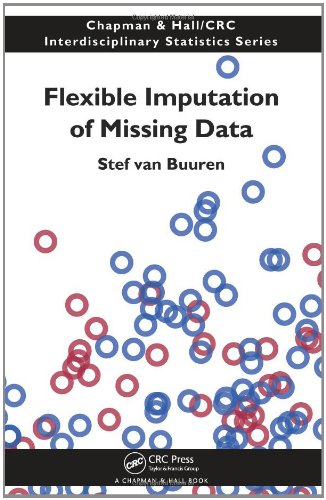

Most ebook files are in PDF format, so you can easily read them using various software such as Foxit Reader or directly on the Google Chrome browser.
Some ebook files are released by publishers in other formats such as .awz, .mobi, .epub, .fb2, etc. You may need to install specific software to read these formats on mobile/PC, such as Calibre.
Please read the tutorial at this link: https://ebookbell.com/faq
We offer FREE conversion to the popular formats you request; however, this may take some time. Therefore, right after payment, please email us, and we will try to provide the service as quickly as possible.
For some exceptional file formats or broken links (if any), please refrain from opening any disputes. Instead, email us first, and we will try to assist within a maximum of 6 hours.
EbookBell Team

4.8
104 reviewsMissing data form a problem in every scientific discipline, yet the techniques required to handle them are complicated and often lacking. One of the great ideas in statistical science—multiple imputation—fills gaps in the data with plausible values, the uncertainty of which is coded in the data itself. It also solves other problems, many of which are missing data problems in disguise.
Flexible Imputation of Missing Data is supported by many examples using real data taken from the author's vast experience of collaborative research, and presents a practical guide for handling missing data under the framework of multiple imputation. Furthermore, detailed guidance of implementation in R using the author’s package MICE is included throughout the book.
Assuming familiarity with basic statistical concepts and multivariate methods, Flexible Imputation of Missing Data is intended for two audiences:
This graduate-tested book avoids mathematical and technical details as much as possible: formulas are accompanied by a verbal statement that explains the formula in layperson terms. Readers less concerned with the theoretical underpinnings will be able to pick up the general idea, and technical material is available for those who desire deeper understanding. The analyses can be replicated in R using a dedicated package developed by the author.